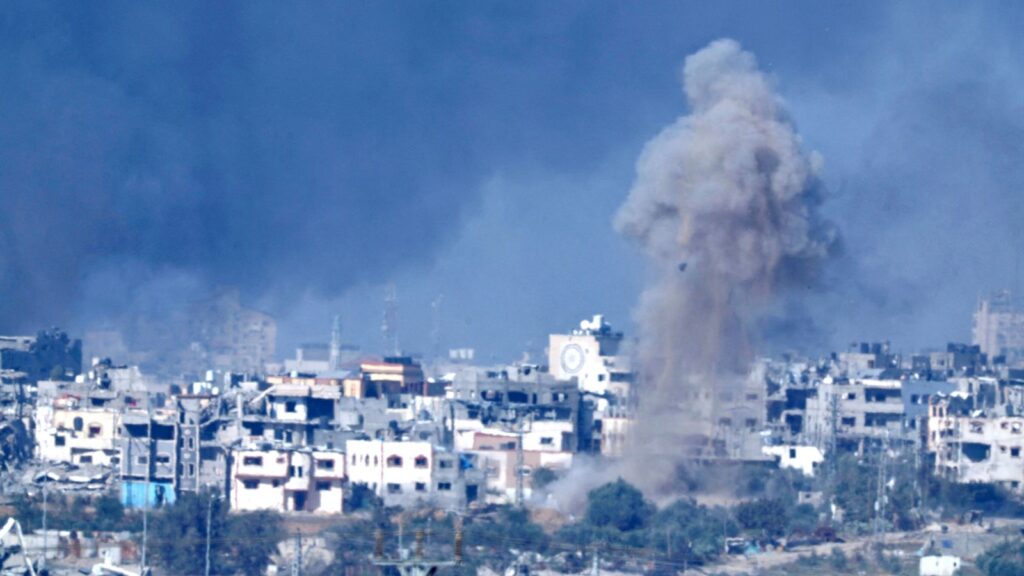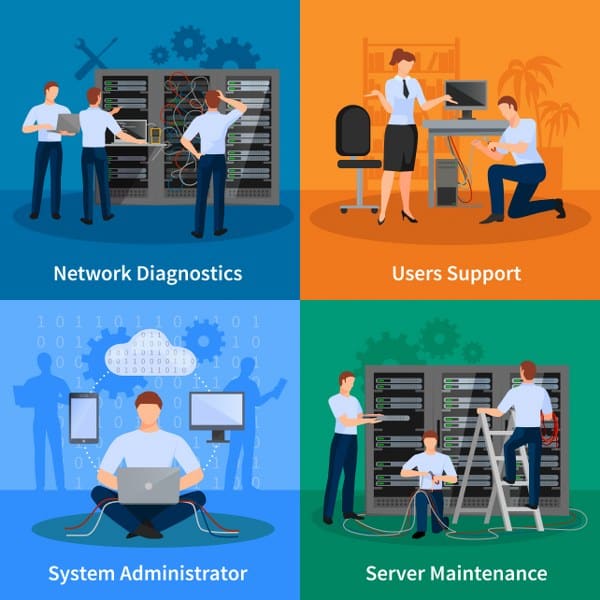The Gaza Conflict: How Technology is Redefining Warfare and Minimizing Civilian Casualties
In the ongoing conflict between Israel and Gaza, technology has emerged as a double-edged sword. On one hand, it has been instrumental in enabling precise targeting, thereby reducing civilian casualties. On the other, it has intensified the scale and scope of destruction. This article delves into the intricate relationship between technology and the Israel-Gaza conflict, exploring how advancements like drones and smart bombs have reshaped modern warfare.
The Historical Context:
The Israel-Gaza conflict is deeply entrenched in decades of political, religious, and territorial disputes. Rooted in conflicting claims to land, identity, and sovereignty, the region has been a hotbed of tension and violence for years. While the conflict has seen intermittent periods of calm, sporadic outbreaks of violence have left a trail of devastation and human suffering.
The Role of Technology:
In recent years, technological advancements have revolutionized the nature of warfare, offering both opportunities and challenges for combatants. Israel, in particular, has leveraged cutting-edge technology to enhance its military capabilities and safeguard its borders. One of the most notable innovations has been the development of precision-guided munitions, including drones and smart bombs.
Precision Targeting:
Unlike traditional weapons, which often result in collateral damage and civilian casualties, precision-guided munitions enable pinpoint accuracy in targeting enemy assets. Drones, equipped with high-resolution cameras and advanced sensors, can identify and strike specific targets with surgical precision. Similarly, smart bombs utilize sophisticated guidance systems to navigate complex environments and hit designated objectives with minimal collateral damage.
Mitigating Civilian Casualties:
One of the most significant benefits of technology in modern warfare is its potential to minimize civilian casualties. By precisely targeting military infrastructure and combatants, drones and smart bombs help reduce the unintended harm to non-combatants. This targeted approach not only saves innocent lives but also enhances the legitimacy of military operations by adhering to principles of proportionality and distinction.
Challenges and Controversies:
Despite their precision capabilities, drones and smart bombs are not without controversy. Critics argue that these technologies have the potential to lower the threshold for military intervention and increase the risk of civilian harm. Moreover, concerns have been raised about the legality and ethical implications of targeted killings, particularly when conducted in densely populated areas like Gaza.
The Human Cost:
While technology may offer tactical advantages, it cannot mitigate the human cost of conflict entirely. The Israel-Gaza conflict has inflicted immense suffering on both sides, claiming the lives of civilians, exacerbating humanitarian crises, and perpetuating cycles of violence. Despite efforts to minimize collateral damage, innocent bystanders continue to bear the brunt of armed conflict, underscoring the urgent need for diplomatic solutions and lasting peace.
The Way Forward:
As the Israel-Gaza conflict persists, the role of technology in warfare will continue to evolve. While advancements in precision targeting hold promise for reducing civilian casualties, they must be accompanied by robust legal frameworks, ethical guidelines, and accountability mechanisms. Moreover, lasting peace in the region can only be achieved through dialogue, negotiation, and a genuine commitment to addressing the underlying grievances of all parties involved.
The Israel-Gaza conflict epitomizes the complex interplay between technology, warfare, and human suffering. While drones and smart bombs offer unprecedented precision in targeting enemy assets, they also raise ethical questions and humanitarian concerns. As the conflict rages on, it is essential to recognize the limitations of technology in resolving deep-rooted conflicts and prioritize diplomatic efforts aimed at achieving a just and lasting peace for all parties involved. Only through dialogue, empathy, and mutual respect can the cycle of violence be broken, and a brighter future for the region be secured.






